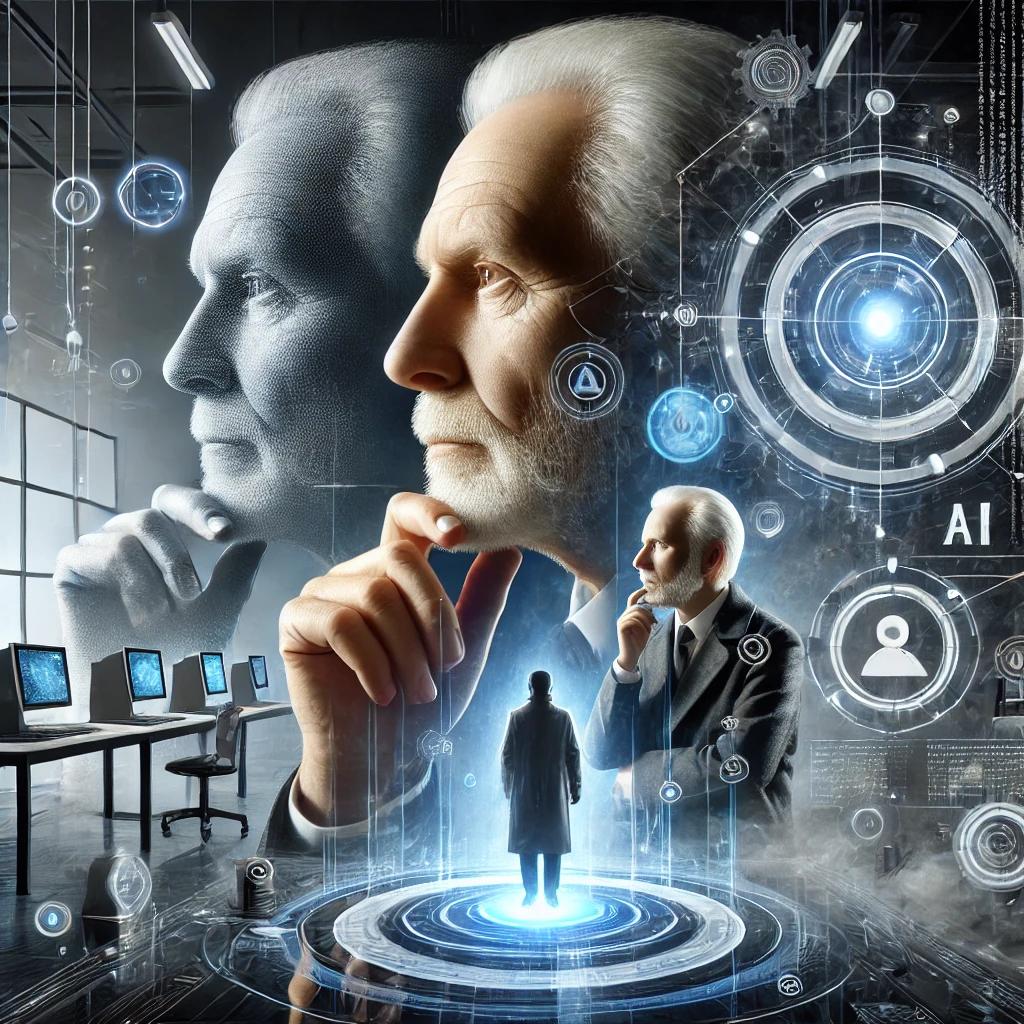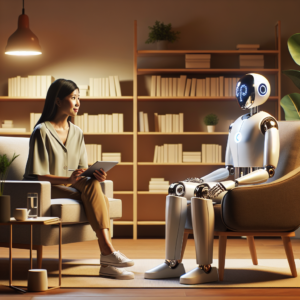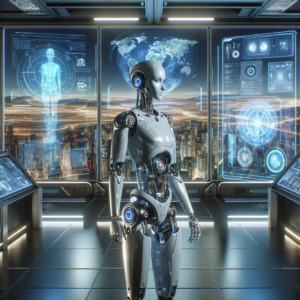‘Godfather’ of Artificial Intelligence Has a Surprising Blindspot
In the rapidly evolving world of artificial intelligence (AI), few names resonate as powerfully as that of Geoffrey Hinton. Often dubbed the “Godfather of AI,” Hinton has played a pivotal role in the development of neural networks and machine learning, carving out a legacy that has dramatically transformed technology and society. However, despite his monumental contributions, Hinton exhibits a surprising blind spot that has generated considerable discourse among experts and enthusiasts alike. This article delves into his achievements, his recent concerns regarding AI, and the implications of his blind spot in the broader context of AI development.
The Legacy of Geoffrey Hinton
Geoffrey Hinton’s journey into the realm of artificial intelligence began in the 1970s, where he laid the groundwork for what would become deep learning. His research has been foundational in designing algorithms that allow machines to learn from data, mimicking the way human brains work. Hinton’s dedication to the field has led to breakthroughs that have advanced voice recognition, image processing, and even natural language understanding technologies, making them integral to everyday life.
As one of the pioneers behind Google’s AI research, Hinton’s work has not only influenced the academic landscape but has also permeated various industries, from healthcare to automotive, revolutionizing how businesses operate and engage with consumers. His insights have been vital in teaching machines to understand complex patterns and tasks with unprecedented efficiency.
Recent Concerns About AI
With the rise of large language models and autonomous systems, Hinton has become increasingly vocal about the potential dangers posed by AI. His concerns revolve around the ethical implications of AI systems, particularly the risks associated with misinformation, privacy violations, and even the potential for job displacement. Hinton’s cautionary stance reflects his deep understanding of the technology and its ramifications, spurring conversations that delve into the responsible use of AI.
Despite his accolades, Hinton has expressed worries about the pace at which AI is developing. He argues that society is not yet equipped to handle the challenges that advanced AI systems present. This sentiment resonates within the tech community, prompting calls for more robust regulations and frameworks to govern AI development and deployment.
The Surprising Blind Spot
While Hinton’s warnings have gained traction, some critics point to a significant blind spot in his perspective. This blind spot arises from his focus on the immediate implications of AI, overshadowing the long-term, transformative potential that these technologies can offer. Although he acknowledges the risks associated with AI, he sometimes underestimates the capacity for human ingenuity and governance to adapt and innovate in response to these challenges.
In a landscape that is constantly evolving, Hinton’s apprehensions may inadvertently contribute to an atmosphere of fear surrounding technology. This fear could hinder progress and stifle innovation, leading to a scenario where society is overly cautious and fails to harness the full benefits that AI has to offer.
Balancing Innovation and Regulation
One of the most critical discussions in the AI community today is finding the right balance between innovation and regulation. Hinton’s insights about potential threats to society are undoubtedly important, but they also need to be weighed against the need for continued research, experimentation, and application of AI technologies that can drive societal advancement.
Regulatory frameworks play a crucial role in ensuring that AI development is ethical and aligns with societal values. However, it’s equally essential to promote an environment where innovators can operate freely and explore the vast possibilities that AI presents. Hinton’s influence could serve as a bridge between these two spheres, advocating for measures that protect society while also encouraging exploration and growth in the field.
The Role of Collaboration
Collaboration among technologists, ethicists, policymakers, and the public is vital in addressing the concerns associated with AI. Hinton’s voice can be instrumental in fostering such collaboration. By engaging with various stakeholders, he can help shape a narrative that not only emphasizes the risks but also highlights the opportunities for constructive dialogue and shared responsibility.
Organizations and researchers must come together to create comprehensive guidelines that ensure AI technologies are developed and implemented with a focus on human welfare. Collaborative efforts can lead to robust solutions that mitigate risks while allowing for the productive use of AI advancements.
Conclusion
Geoffrey Hinton’s contributions to artificial intelligence are nothing short of revolutionary. His work has laid the foundation for a new era of technology, one that promises to reshape human interaction and the fabric of society. However, his surprising blind spot regarding the long-term potential of AI invites a more nuanced conversation.
As the discourse around AI continues to evolve, it is imperative to strike a balance between caution and innovation. Embracing a collaborative approach that includes diverse perspectives will be essential in navigating the complexities of AI. By addressing both the risks and opportunities, we can chart a path towards a future where artificial intelligence serves as a powerful ally in tackling some of humanity’s most pressing challenges.
In the end, while Hinton’s warnings are vital, they should not overshadow the immense possibilities that AI holds. With collective effort and responsible governance, society can harness the power of AI to create a better, more equitable future for all.



